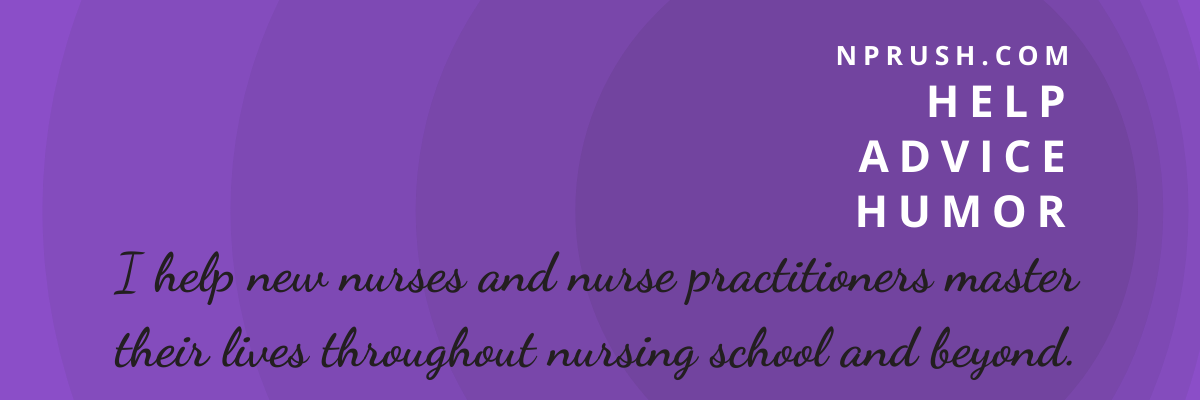Although it’s crucial to understand the health disparities of the LGBTQ+ community, awareness goes beyond the knowledge that LGBTQ+ individuals
- experience a higher risk of certain conditions
- have less access to health care, and
- have worse health outcomes than their non-LGBTQ+ counterparts
Awareness is seeing the human behind the eyes of every single person.
Julie Nyhus MSN, FNP-BC
And right here, inside of nursing, is the perfect place for LGBTQ+ awareness to shine!
LGBTQ+ Awareness: Every person has the right to have his physical, mental, and moral integrity respected.
Discrimination and violence. LGBTQ+ persons are regularly discriminated against in employment, relationship recognition, and insurance coverage. This discrimination and violence is worldwide and ranges from killings and torture to rape and mob attacks.
The everyday discrimination and violence often encompass verbal and psychological abuse from both strangers and family members. One study showed that bisexual persons are more likely to “experience higher rates of sexual and intimate partner violence than gay, lesbians, or straight people.”
56% of bisexual, lesbians, and gays and 70% of trans and gender-nonconforming individuals report mistreatment, harassment, and even physical violence as part of their experiences when seeking medical attention.
Forms of healthcare discrimination include:
- refusal of needed care
- lack of informed consent
- being blamed for their health status
- healthcare personnel taking excessive precautions or refusing to touch them
- using abusive or harsh language
- being physically rough or abusive

2. LGBTQ+ Awareness: Every person has the right to have his life respected.
Widespread cultural incompetence. The healthcare system in the U.S. has routinely struggled with cultural incompetence. Many minority groups indicate they feel less partnership with healthcare providers and less participation regarding medical decisions.
Even though most do not report blatant disrespect (i.e., refusal of care, being ignored or spoken down to) when seeking healthcare, several still report that healthcare professionals do not understand their background and values.
Today there are over 39 million LGBTQ individuals in the U.S. over the age of 65. As the U.S. population ages, cultural diversity will intensify. It is estimated that by 2050, ethnic and racial minorities will make up 35% of the over-65-population. The over-65-population is at the highest risk of chronic conditions, and as their diversity increases, so will the cultural and linguistic barriers — unless we intervene now.
3. LGBTQ+ Awareness: Every person has the right to personal liberty and security.
Lack of insurance. Persons who identify as lesbian, gay, bisexual, or transgender (LGBT) are more likely than their non-LGBT counterparts to lack health insurance. In fact, LGBTQ+ individuals are more likely to resort to the emergency department for care.
This isn’t an argument for “healthcare for all.” But rather . . . LGBTQ+ individuals should have the same rights to available, safe healthcare as any other person. According to the World Health Organization, The WHO Constitution (1946) proclaimed “…the highest attainable standard of health as a fundamental right of every human being.”
When awareness finally embraces human respect, we may find the answers we seek to stop discrimination and violence, cultural incompetence, and the lack of proper healthcare coverage.
Let nurses lead the way!
LGBTQ+ individuals deserve
— simply because they are human —
access to quality healthcare,
without discrimination,
without blame,
and without limits.
In peace and love,






